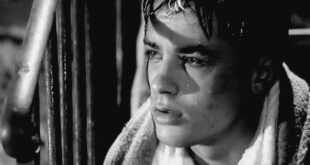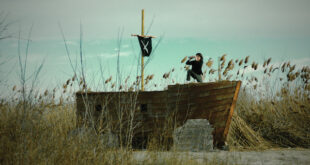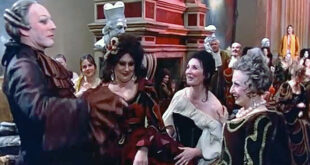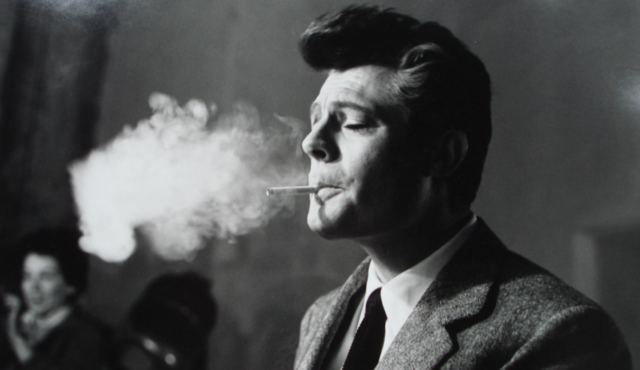
Born in 1930, Arturo Zavattini is known for his work as a photographer, cinematographer and director of photography. His father, Cesare Zavattini, was a longtime collaborator of Federico Fellini and Vittorio De Sica, and Arturo practically grew up on film sets. He worked as an assistant and camera operator on famous Italian films such as “Il bidone,” “La dolce vita” and “Divorce Italian Style.” He also worked as an ethnographic photographer, accompanying anthropologist Ernesto de Martino on his famous expedition to Lucania in 1952.
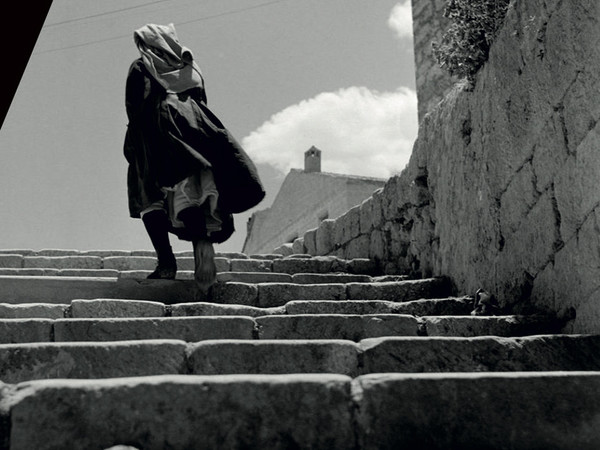
Being a teenager in Rome during the post-war years, Zavattini was influenced by the neorealist movement and that influence remained present during the multi-decade span of his career. His images taken in Rome, Naples and other Italian cities and districts documented social life on the streets, in particular the dire conditions in which the children were forced to live.
Although he built a reputation for documenting the socioeconomic struggles of his own country, Zavattini left Italy to explore faraway places. In 1956, he traveled to Bangkok, Phetchaburi and northern Thailand where he made a journalistic report on the shooting of the film “The Sea Wall” by French director, René Clément. He captured rare images of life in Thailand during that era.
In 1960, he traveled to Cuba where he had a chance encounter with Ernesto “Che” Guevara and took iconic photos of the revolutionary. The meeting came immediately after the revolution, when Zavattini was working as a camera operator on Tomás Gutierréz Alea’s “Historias de la revolución” (Stories of the Revolution). Gutiérrez studied cinema at the Centro Sperimentale di Cinematografia in Rome in the early 1950s. Like Zavattini, he was influenced by Italian neorealism and created his first films in Rome.
In recent years, Zavattini has organized and archived a lifetime of images, many of which were on exhibit in 2016 at the Museo Nazionale Arti & Tradizioni Popolari in Rome.
To view his work on the set of “Che,” click here.
For more images, with text in Italian, click here.
 Fra Noi Embrace Your Inner Italian
Fra Noi Embrace Your Inner Italian


